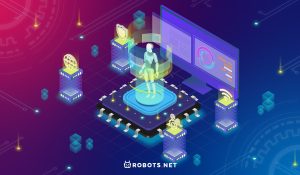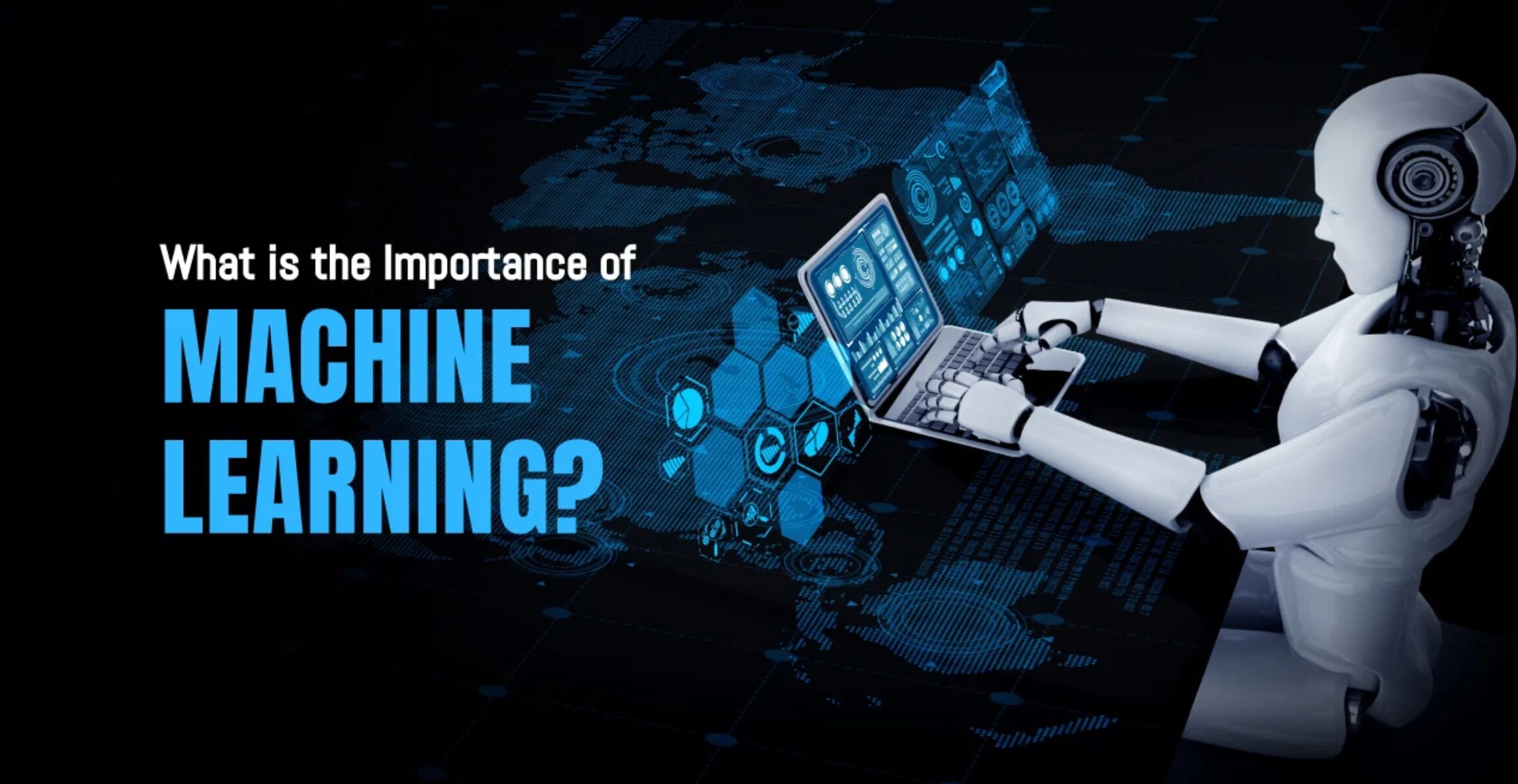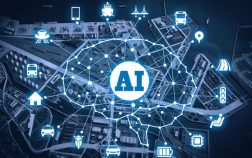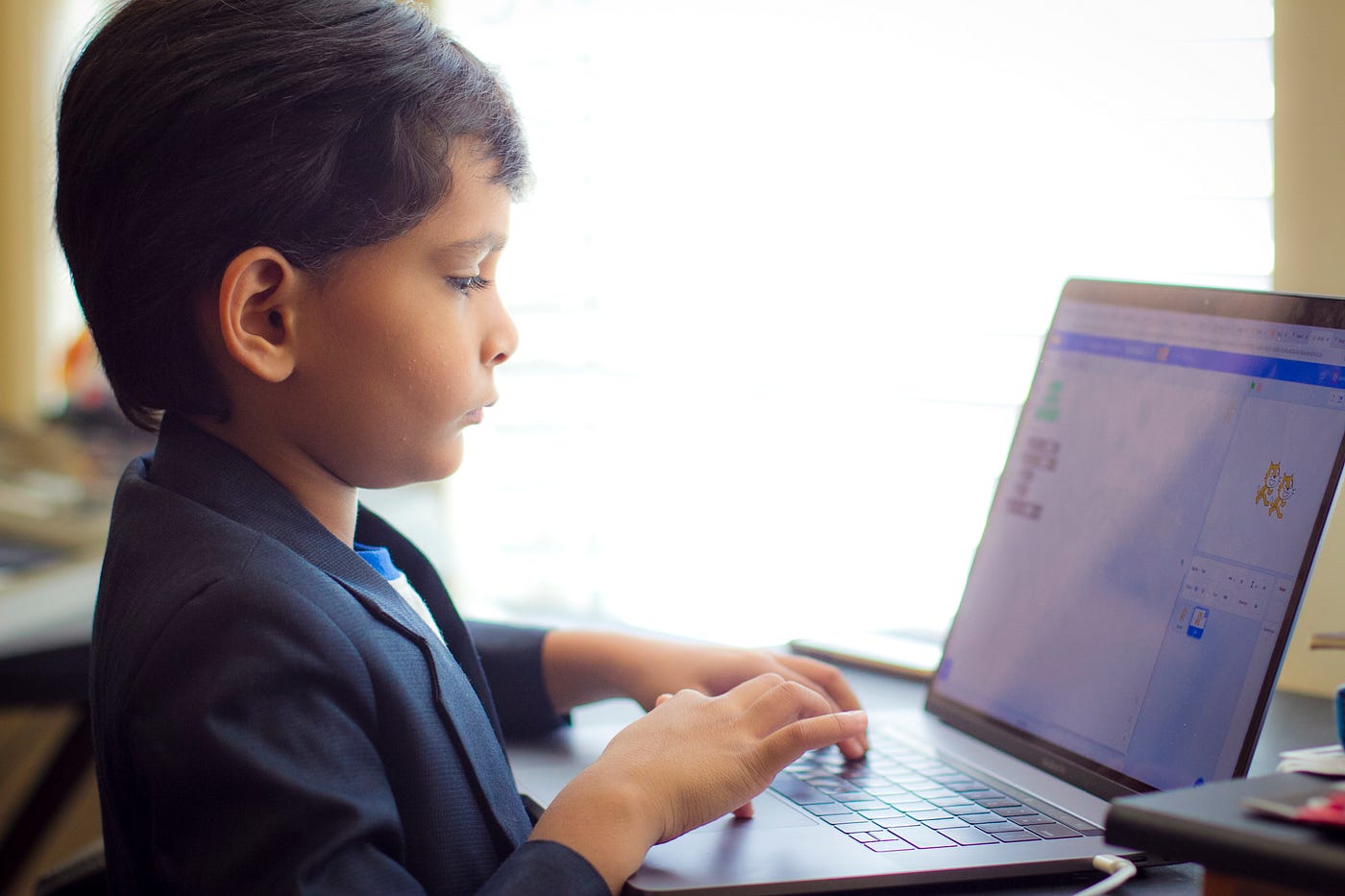Once the province of science fiction, artificial intelligence (AI) in recent years has become more and more real. Its applications seemingly coming out every day that help improve every aspect of human existence. One of the most important of these aspects is education.
According to a report called “Artificial Intelligence Market in the US Education Sector 2018-2022,” the use of AI in education within the United States alone will increase by nearly 50% in the next five years. The expansion of artificial intelligence in schools and for other educational purposes is happening so quickly. It is difficult to differentiate it now from the future.
What’s more? Artificial intelligence is changing more than just how students learn in school. It is also changing how they learn outside of schools, too. The technology is further automating and improving tiresome and mundane tasks that teachers must perform outside their core responsibilities.
In this article, we will discuss the many tangible applications of AI in education as well as how artificial intelligence is and will continue to affect teachers, schools, and students.
The Role Of Teachers
While it may be easy to imagine a future in which intelligent robots have replaced teachers, the reality is something quite different. Experts believe that human teachers will always be needed, and that AI will only augment what teachers do, not replace them. But this does not mean that the jobs of teachers and educators will be unaffected by AI. They will be greatly affected, and it is for the better.
Artificial intelligence will help teachers reach students in new and better ways. Moreover, it will make their jobs not only easier but more productive and fulfilling. At the same time, teachers will have to adapt to AI and the technology enhancements that it will unleash. Teaching jobs will change because of AI. And so, teachers must change with them by learning new technologies and being open to applying them in their classroom.
The future may further bring the same kind of collaboration between teachers and machines as what is happening right now in manufacturing. Instead of robots replacing workers in factories, the current trend is for robots to collaborate with workers to make them more efficient. In the same way, AI-powered robots may one day assist teachers in the same way a teacher’s aide assists them now.
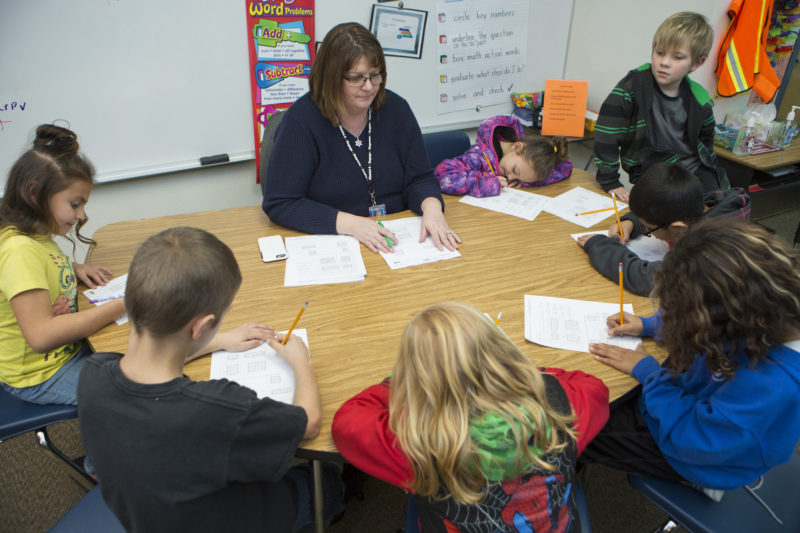

AI In Classrooms
AI is and will continue to improve classroom education in many different ways. One of the biggest ways is increasing access to education.
First, AI is helping teachers provide individual attention to students in an unprecedented way. Teachers would have to utilize a curriculum that would reach the majority of students in the class. However, AI tools, such as those developed by Carnegie Learning and Content Technologies, can adapt this curriculum based on an individual student’s progress in the course. If a student needs help with a particular concept, these AI tools can identify this, and rectify it by adapting the material so that an individual student can best understand it. These tools can even group students in a way to best accelerate their learning. In the future, some believe AI will even be able to identify when students are having problems with a particular subject based on their facial expressions alone.
Artificial intelligence can also provide access to education for those who have hearing impairments or are unable to speak the local language. Microsoft currently offers a free AI-powered plugin to PowerPoint called Presentation Translator. It can translate a teacher’s classroom presentation in real-time. This technology could one day allow for the possibility of truly international schools. Here, every child in the world has access to the same quality of education.
AI Outside The Classrooms
AI in education is extending outside the classroom, too. The technology is also being deployed to help students prepare for standardized tests, such as college entrance exams. It also helps to tutor and mentor them with their homework. Parents with means always could hire tutors and mentors. Besides, the development of AI tools is leveling the playing field, allowing every child to get a helping hand.
Currently, there are many AI-powered computer programs available that can help children in a variety of subjects. Like the tools being developed for the classroom, these programs adapt to each student’s abilities and learning styles.
One of these programs is called Third Space Learning. Focused entirely on mathematics, the platform’s AI teachers provide personal mentorship for students, which continually adapts based upon a student’s progress. Another company offering this type of technology is EdTech Foundry. They provide an AI-powered chatbot called Differ. It can not only answer any academic questions a student might ask but also it can direct them to additional resources when necessary.
AI In Classroom Administration
A teacher’s job is not only about teaching students. There are many ordinary tasks involved with classroom administration, and artificial intelligence can help automate and improve these tasks while at the same time continuing to help students learn.
AI systems can benefit both grade homework and tests. This includes grading work that consists of complex written responses. But these systems do not just grade work. They can also make learning recommendations based on the mistakes students make in their homework and on their exams. These same systems can even assign final grades.
A company called ETS has been developing such systems for a decade. These systems use machine learning techniques to help the systems improve their quality by themselves over time. In China, more than 60,000 schools are already using robots to grade essay exams.
Another area in which AI is helping teachers is in the preparation of materials. There are AI tools that can digitize books as well as organize learning materials based on the individual needs of students.
By eliminating the need for teachers to do all the mundane work that comes with the job, this will allow them extra time to do what they were truly hired to do, to teach.










